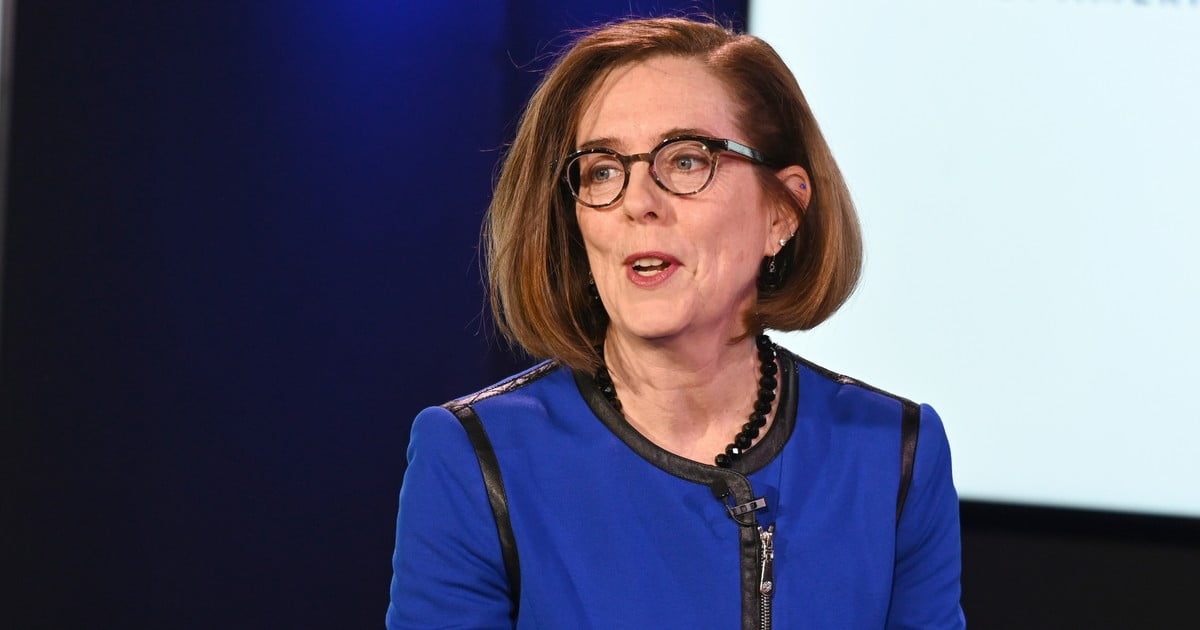COLOGNE, Germany — The European Space Agency wants to make sure that all five of its new astronaut cadets get a mission to the International Space Station before the orbital outpost is retired at the end of the decade.
Late last year, the Paris-based ESA selected its final list of five new career astronauts whittled down from 22,000 applicants. The roll call includes prospective space explorers from the U.K., Belgium, Switzerland, Spain and France.
“The aim is that before 2030, all of them will have had the chance to fly to space and the International Space Station,” said Frank De Winne, a former Belgian astronaut who now runs the European Astronaut Center.
This week, the ESA cadets are closing out the first month of their basic training at the training hub just south of Cologne’s city airport, with a hard deadline to get them mission-ready by May 31 next year.
The aim is to have at least one of the five assigned to a specific mission to fly in 2026, De Winne said.
The plan to get the cohort into space as quickly as possible underscores renewed interest in mission opportunities, including the NASA-led Artemis lunar landing and associated plans for new space station infrastructure.
Amid increased competition in orbital affairs and the development of a new station orbiting the moon called Gateway, the plan is to retire the ISS at the end of the decade.
Separately to the ESA program, Sweden and Hungary are also looking to pay to privately send their astronauts on missions over the next few years. But without its own ability to launch astronauts into space, an independent panel of experts convened by the ESA recently called on countries to fund a local human spaceflight program.
“Europe needs to step up and intensify its capability in space,” said the ESA’s Director General Josef Aschbacher at the astronaut center, adding that he will raise the issue with space ministers at a summit on November 6.




